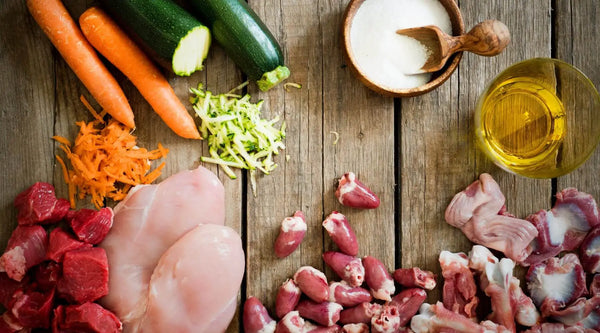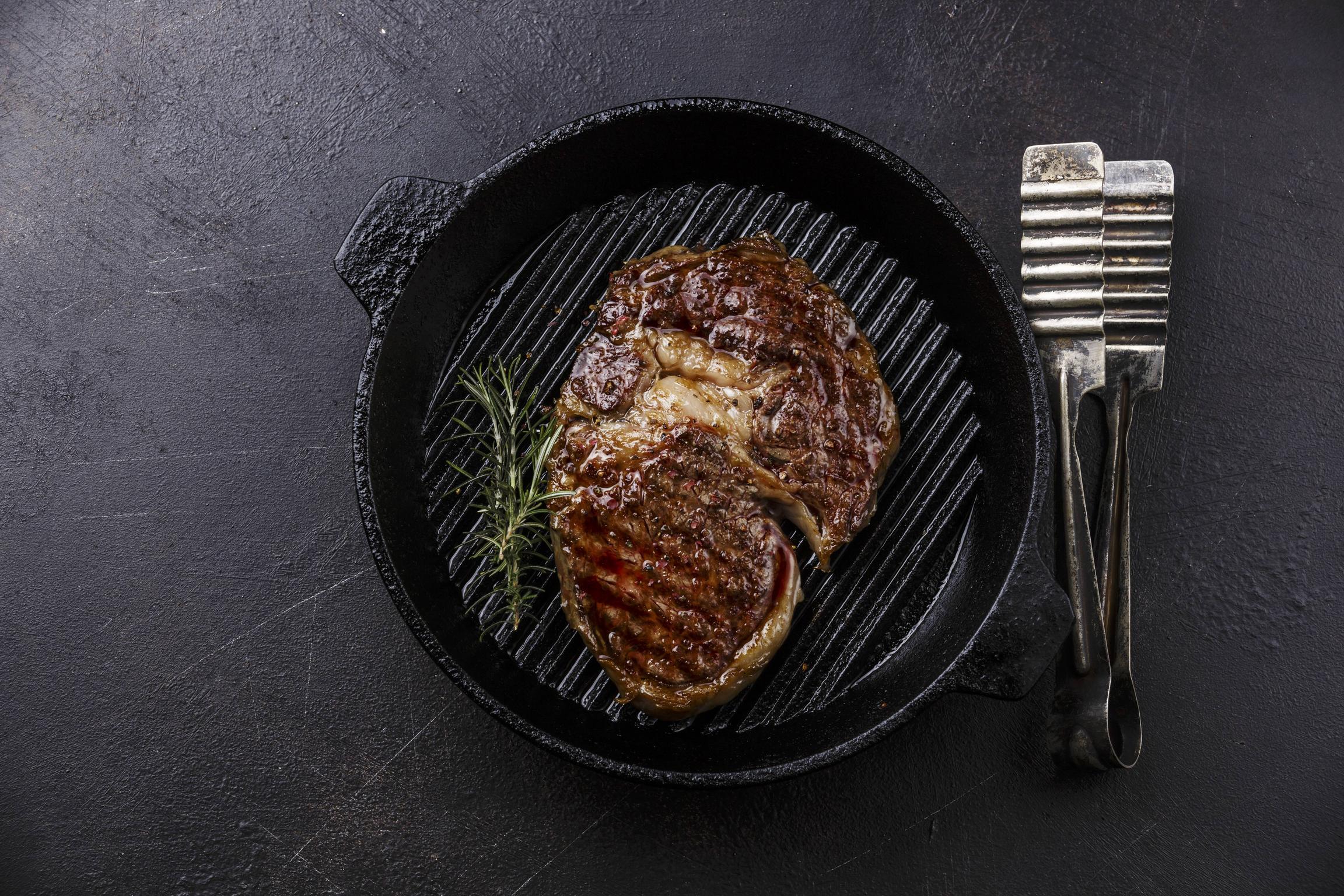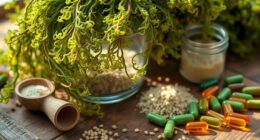A raw diet for cats includes nutritionally complete foods made up of finely ground meat, organs, and bones. Veterinarians and nutrition experts often recommend this type of diet to pet owners.
Cats with allergies often benefit from this food choice due to its low carbohydrates and high protein content, which promotes healthy skin and a glossy coat.

Meat
Raw cat diets are a natural, holistic nutrition approach that closely replicates what wild cats would eat. It’s ideal for cats who need to shed pounds, have allergies or digestive issues, or want a more wholesome alternative to commercial cat foods.
Raw food recipes must include meat as one of the primary components. Popular raw food recipes typically feature raw muscle and organ meats, ground bones, fish or poultry proteins for flavor as well as added nutritional value from fruits and vegetables.
Animal-derived proteins contain all of the essential amino acids an obligate carnivore needs for optimal growth and health. Plant-based proteins lack these vital building blocks, leading to your cat becoming overweight or developing allergies or other health issues.
Meat is packed with vital vitamins and minerals that can help your cat feel and look its best. Fatty acids found in meat provide essential omega-3 fatty acids which support healthy skin and a glossy coat, plus raw meat contains vitamin A, E and D – all essential for optimal feline wellbeing!
Protein is an excellent source of energy for your cat and helps them lead an active lifestyle. It contains calcium, phosphorus and iron as well as providing many necessary antioxidants to fight off diseases.
Another advantage of raw meat over cooked for your cat is that it retains all of its beneficial enzymes and nutrients. Cooking can break down both fats and proteins, decreasing their nutritional content while making them harder to digest.
That means your cat may need to consume more food in order to obtain the same amount of nutrients as they would from raw meat. This is especially true if your feline friend is older or has a weaker gastrointestinal tract.
As a general guideline when selecting meat-based raw food for your cat, look for recipes that contain 84% muscle meat, 6% bone and 5% liver or other organs. This ratio closely replicates the composition of an adult cat’s wild prey.
It is also wise to select a raw food with a low bone-to-meat ratio, as this helps ensure your pet receives an appropriate balance of calcium and phosphorus. Too much bone could deplete your cat of these essential minerals, potentially leading to kidney damage or other issues.
When selecting a meat-based raw cat food, check the label to make sure it does not contain any artificial preservatives or colorings. Unfortunately, these can often be found in foods marketed as “raw” or “natural.” If you spot any of these, it’s best to pass them up and opt for a higher-quality brand instead.
Additionally, steer clear of products labeled “raw meat,” but which have actually been manufactured or sprayed with sulphite preservatives (like pet meat, mince and sausages). Doing so could deprive your cat of essential vitamins like thiamine and other necessary minerals that could prove fatal for them.
Eggs
Eggs are an important source of protein, and in some cases an essential one. Furthermore, they offer fat, vitamins and minerals; eggs contain high amounts of phosphorus, calcium and Vitamin D as well as being an excellent source of vitamins B and E.
They provide your cat with an excellent source of protein and essential fatty acids. Furthermore, they contain iron and zinc.
When it comes to feeding your cat the best eggs, opt for free-range, cage-free and organic sources. These should be clearly labeled as such and can typically be found at most natural foods stores and online pet shops.
If your cat is not used to raw food, start them on frozen or dehydrated items that have been cooked or dried before placing in your refrigerator. This will help them adjust to the new texture and flavor of raw food.
You can also try adding raw meaty bones to your cat’s meal as a way to increase their physical activity level. These are beneficial for strengthening their jaws, encouraging them to chew harder and preventing plaque buildup on their teeth.
Raw foods are highly bioavailable, meaning they’re easily absorbed and utilized by your cat’s body. This can be especially beneficial for cats with low energy levels or underlying health issues.
When selecting cat food, opt for products that have undergone feeding trials and been prescribed by a veterinarian. This will guarantee your cat is getting all the essential nutrients in an balanced and healthy manner.
Your veterinarian can determine whether your cat is suitable for a raw diet and which brand to try. They may also suggest adding a nutritional supplement like taurine to their food after making the switch to raw eating.
High-grade raw cat food should contain a balanced ratio of muscle meat, bone, organs and other protein-rich ingredients. Furthermore, it should provide essential fatty acids, vitamins and minerals like taurine or calcium for optimal nutritional support.
The ideal raw cat food will be sourced from animals raised with humane and ecological practices, guaranteeing they are free of antibiotics, hormones and other chemicals which could be hazardous to your cat’s health.
When selecting high-quality raw cat food, be sure to look for an adequate balance of fats, proteins, carbohydrates and fiber. This will guarantee your cat is getting all of the essential nutrients to stay healthy and active.
It’s wise to opt for foods made from whole prey instead of pieces of ground and pulverized meats, as this will offer your cat a higher concentration of raw nutrients that may not be easily absorbed from ground or pulverized food.
High-grade raw cat food should be supplemented with supplemental supplements tailored specifically for your cat’s needs. These may include various nutrients and herbs like taurine or omega 3 fatty acids.
Aurelia is the Editor-in-Chief of The Graceful Kitchen, a vegan lifestyle blog that focuses on delicious, nutritious, and ethical eating. A lifelong vegan, Aurelia is passionate about sharing her love of plant-based cuisine with others. She is a regular contributor to several online and print publications, and has been interviewed by major news outlets about the benefits of a vegan diet. In her free time, Aurelia enjoys cooking, hiking, and spending time with her cats.











